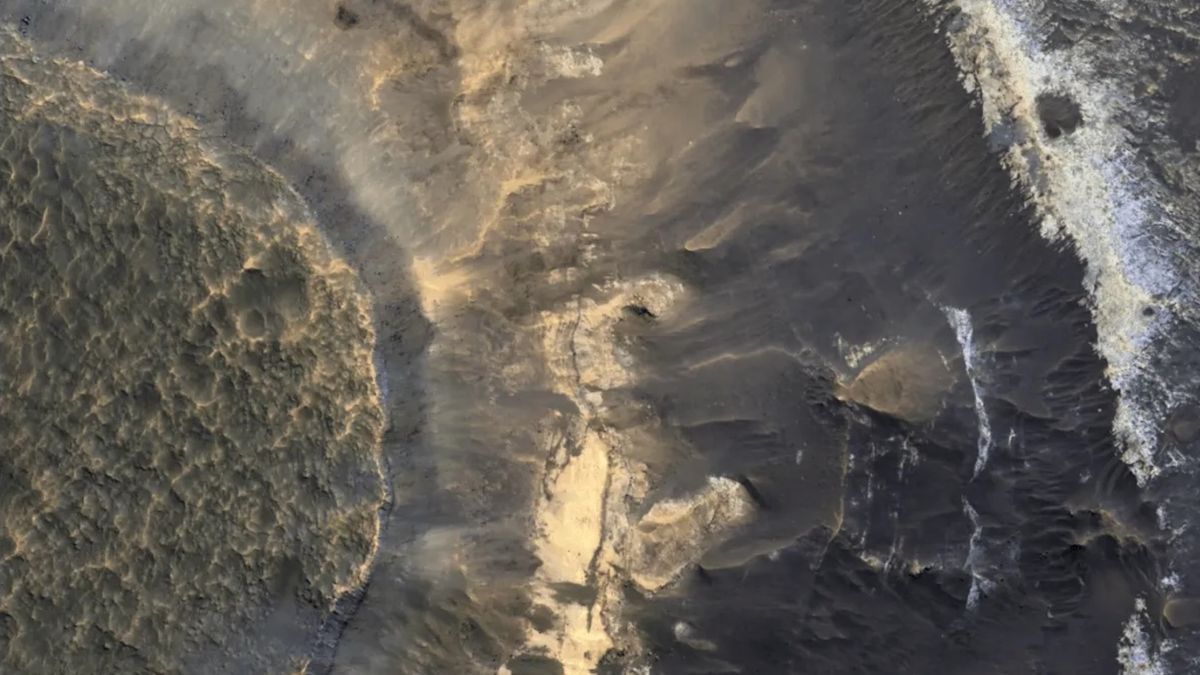Now Reading: Is Mars’ Clay Hiding Signs of Ancient Life?
-
01
Is Mars’ Clay Hiding Signs of Ancient Life?
Is Mars’ Clay Hiding Signs of Ancient Life?

quick summary:
- Researchers identify thick, mineral-rich clay deposits on Mars that may suggest the planet harbored life-kind environments billions of years ago.
- Clays need liquid water to form and likely developed around 3.7 billion years ago in warmer, wetter conditions on Mars.
- The study found these clays are located near ancient lakes but away from areas with strong water flow,preserving them against erosion.
- Mars lacks tectonic activity seen on Earth, disrupting climate regulation via carbonate formation and CO2 removal-which may have sustained a warmer atmosphere conducive to clay formation.
- The findings show chemical weathering dominated over physical erosion near standing water bodies on Mars.
- Published in Nature Astronomy (june 16), the research suggests Martian clay might have absorbed water and trapped byproducts critical for environmental stability.
indian Opinion Analysis:
This study highlights exciting possibilities regarding the ancient surroundings of Mars by drawing parallels with Earth’s climate and geological processes. For India, which has ambitious space exploration goals like its Chandrayaan and Mangalyaan missions, these findings emphasize how critical scientific collaboration can advance insights into planetary habitability across regions. India’s growing prominence in interplanetary research could benefit further through partnerships targeting similar experiments conducted aboard future missions. Discoveries like these reinforce humanity’s unified quest for understanding extraterrestrial life potential while broadening India’s leadership role within international space science dialogues.



























